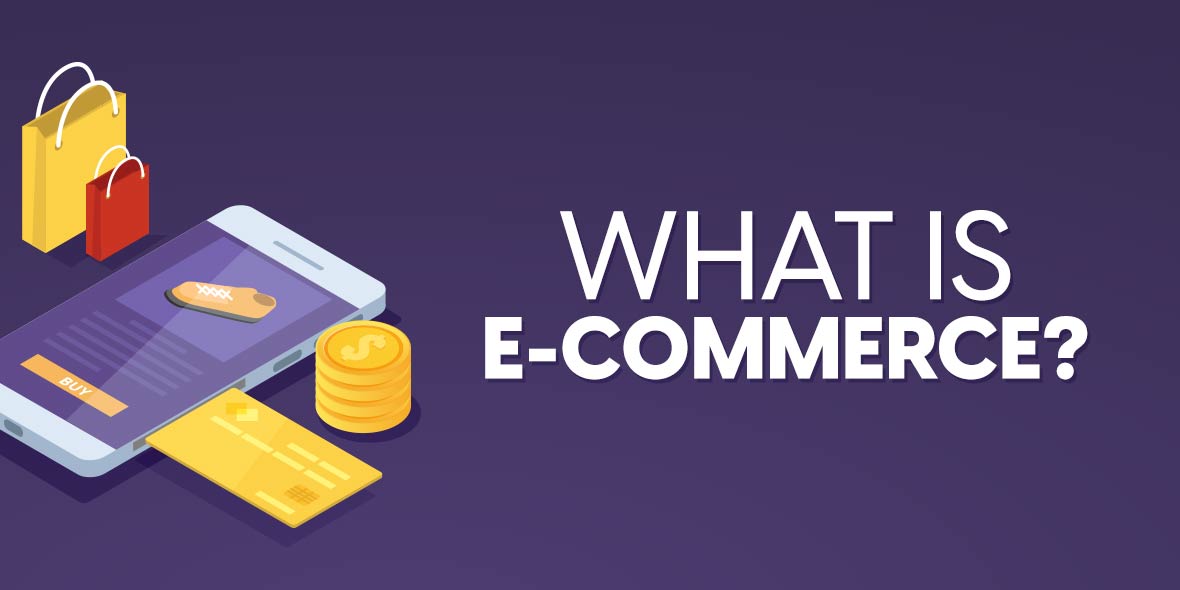Table of Contents
Retail Market with a 200% growth rate: What is eCommerce?
eCommerce is mainly addressed to the trading of goods or services, the concept has expanded to include a wide range of economic activities. Especially with the recent pandemic ordinances requiring consumers to stay home much of the time, shopping online for everything, from food to beauty products, is becoming the new normal. In numbers, this is a 19% increase or $4 trillion.
eCommerce as a whole overcomes geographical barriers while making products easier to discover and purchase, which enables businesses to sell at a scale that’s impossible with a traditional store. In the modern era, thanks to the eCommerce boom, most shoppers start looking for products, descriptions, and quality features online before buying a product.
What is eCommerce?
While the Cambridge Dictionary defines eCommerce as the process of buying and selling goods and services over the internet. eCommerce originated in a standard for the exchange of business documents, such as orders or invoices, between suppliers and their business customers. Those origins date to the 1948–49 Berlin blockade and airlift with a system of ordering goods primarily via telex.
This system, also known as electronic commerce, uses the internet as its main means of exchange. The idea of building an eCommerce website is to keep the business functionalities exclusively online. Any website where you can obtain items for sale over the internet is considered an eCommerce website.
The primary difference between an eCommerce website and an ordinary business or company website is in the features that it supports. An eCommerce website works pretty much like how a physical store works. Users can purchase items, arrange for delivery and payments on the same site without the need to call a human person to help them with their order.
Meanwhile, a company website may just house information on the brand’s product and services so users will need to contact the company directly if they want to do business with them.
Why do you need to go eCommerce?
In 2017, eCommerce was responsible for $2.3 trillion in sales, which is expected to nearly double to $4.5 trillion by 2021. Starting from selling a book in a garage in 1994 by Amazon, the industry has been growing exponentially ever since.
Although there are an estimated 24 million Ecommerce websites, over a million of such websites make less than USD 1000 per year in annual sales and have great potential. An industry in rapid growth, with no signs of slowing down, makes one factor exceptionally clear – If you want to stay competitive in the retail business, no matter whether you are a small business or a multinational enterprise, you need to consider optimizing your operations with new technology.
The United Nations Conference on Trade and Development (UNCTAD) gave a survey to 3,700 persons across nine countries asking about online shopping habits since the pandemic. They discovered that not only have people turned to online shopping but for many survey participants, this trend is permanent.
On the Finishing Lines
This coming year, as with any big disruption, businesses will be presented with both obstacles and opportunities. Businesses must innovate to succeed. Ecommerce businesses looking to dominate the market must prepare themselves to adopt the latest trends as soon as possible.
The lockdown saw shoppers order everything online, from groceries to stationery, from maths tutorials to yoga sessions. The proactive players will seize the day, while businesses that remain complacent may be left behind—in 2021, and beyond.
Nanos can help to successfully create visibility around your online retailer in a way that does not have to be expensive! Contact us or book a free consultation to strengthen your image as a brand and take it to the next level.















